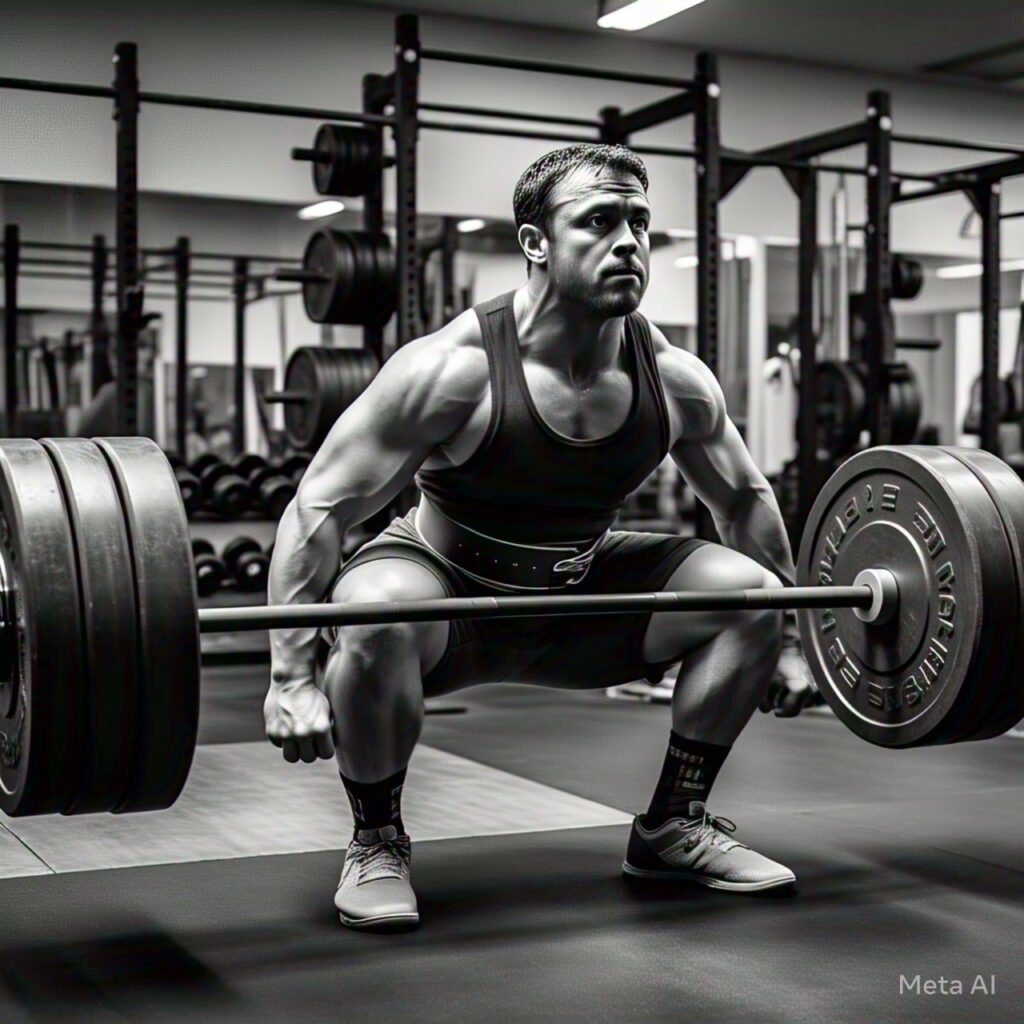
The Importance of Core Strength in Powerlifting: Stability, Performance, and Injury Prevention
Powerlifting revolves around the “Big Three” lifts—squat, bench press, and deadlift—all of which demand exceptional core strength for optimal performance. A strong core is not just about visible abs; it’s about stabilization, force transfer, and injury prevention. Below is a detailed breakdown of why core strength is crucial for powerlifters and how to train it effectively.
1. Why Core Strength Matters in Powerlifting
A. Enhances Stability & Technique
- The core (abs, obliques, lower back, glutes, and hip flexors) acts as a brace during heavy lifts.
- Squat: Prevents excessive forward lean and maintains an upright torso.
- Deadlift: Keeps the spine neutral, reducing shear forces on the lower back.
- Bench Press: Provides a solid arch foundation, improving leg drive and stability.
B. Improves Force Transfer (Kinetic Chain Efficiency)
- Powerlifting lifts require full-body tension—core strength ensures force generated from the legs and hips transfers efficiently to the barbell.
- Weak core = energy leaks, leading to missed lifts or inefficient movement.
C. Reduces Injury Risk
- A strong core protects the spine by resisting flexion, extension, and rotation under load.
- Prevents lower back injuries (common in deadlifts and squats due to poor bracing).
- Reduces hip and knee instability, which can lead to compensatory injuries.
2. Types of Core Strength Needed for Powerlifting
Not all core training is equal—powerlifters need anti-movement strength:
| Core Function | Why It Matters | Example Exercises |
|---|---|---|
| Anti-Extension | Resists arching (prevents lower back collapse) | Ab Wheel, Dead Bugs |
| Anti-Rotation | Maintains torso stability under uneven loads | Pallof Press, Landmine Rotations |
| Anti-Lateral Flexion | Prevents side bending (critical in heavy carries) | Suitcase Deadlifts, Farmer’s Walks |
| Bracing Strength | Intra-abdominal pressure for heavy lifts | Planks, Valsalva Maneuver Practice |
3. Best Core Exercises for Powerlifters
Powerlifters should prioritize isometric and heavy resistance core work over crunches.
A. Essential Core Movements
- Ab Wheel Rollouts – Best for anti-extension strength.
- Weighted Planks – Teaches full-body tension and bracing.
- Pallof Press – Develops anti-rotation strength.
- Suitcase Deadlifts – Builds anti-lateral flexion and grip strength.
- Hanging Leg Raises – Strengthens deep core without spinal flexion.
- Zercher Holds/Carries – Brutal for full-body bracing.
B. Powerlifting-Specific Core Training
- Beltless Squats & Deadlifts – Forces better bracing.
- Overhead Walks – Enhances shoulder stability + core rigidity.
- Heavy Farmer’s Walks – Improves grip, core, and hip stability.
4. How to Program Core Work for Powerlifting
- Frequency: 2–4x/week (can be post-lifting or on recovery days).
- Intensity: Focus on weighted exercises, not just bodyweight.
- Volume: 3–5 sets per exercise, moderate reps (8–20 depending on load).
Sample Core Session for Powerlifters:
- Ab Wheel Rollouts – 3×10–12
- Pallof Press (Isometric Hold) – 3×20 sec/side
- Suitcase Deadlift – 3×6–8/side
- Weighted Plank – 3×30–45 sec
5. Common Mistakes Powerlifters Make with Core Training
❌ Only Doing Crunches – Flexion-based work doesn’t translate to bracing strength.
❌ Ignoring Anti-Rotation Work – Leads to instability in asymmetrical loads.
❌ Overusing the Belt – Can weaken natural bracing if relied on too much.
❌ Neglecting Eccentric Core Control – Important for controlling heavy descents (e.g., squat).
Final Verdict
- Core strength = Better lifts, fewer injuries, and greater longevity in powerlifting.
- Train the core like a powerlifter—focus on bracing, anti-movement, and heavy resistance.
- Incorporate core work 2–4x/week, prioritizing isometrics and weighted exercises.
